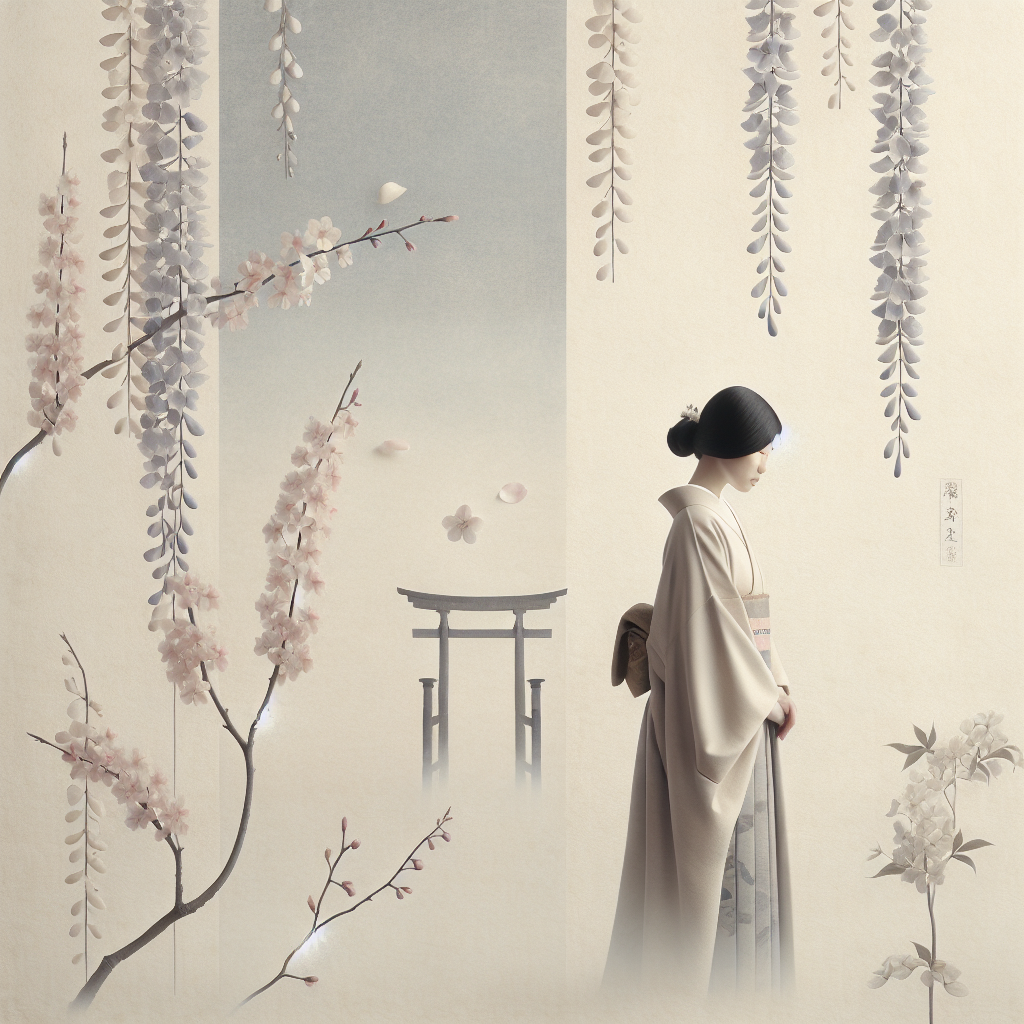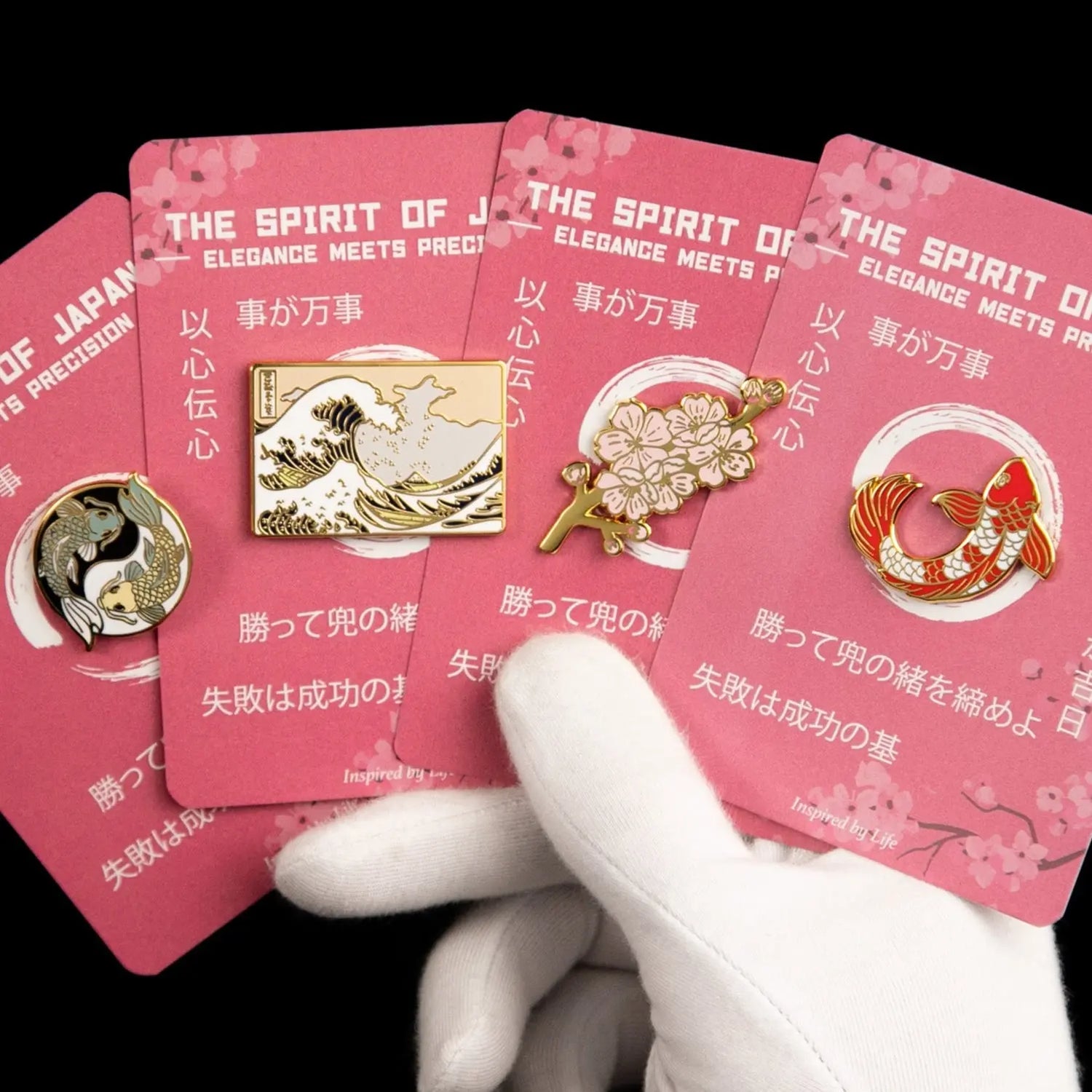
What Does Shoujo Mean? Exploring the Heart of a Beloved Anime Genre
Have you ever been drawn to stories filled with tender emotions, blossoming romance, and the delicate dance of personal growth? If so, you may have unknowingly stepped into the enchanting world of shoujo. But what exactly does shoujo mean1nd why does it hold such a special place in the vast universe of Japanese manga and Japanese anime? Lets dive in and find out.
Understanding Shoujo: More Than Just "Young Girl"
At first glance, shoujo () simply means lyoung girl in Japanese. But thats just the beginning. Over time, shoujo has grown into a genre classification within manga and anime, primarily aimed at young female audiences. These stories focus on emotions, relationships, and the inner lives of their characters.
Imagine stepping into a world painted with soft pastels, where feelings are laid bare like pages of an open diary. Shoujo anime and manga are poetic, overflowing with heartfelt moments, complex friendships, and personal journeys. The stories often revolve around romance, self-discovery, and growing up.
The Emotional Pulse of Shoujo Stories
What makes shoujo so captivating? Its how these stories explore emotions with deep sensitivity. From the thrill of a first crush to the bittersweet ache of letting go, shoujo manga and anime invite readers and viewers into rich emotional landscapes.
Unlike action-packed battles or heavy sci-fi themes, shoujos storytelling is intimate and character-driven. These stories ask big questions: How do we discover who we truly are? What does it mean to love and be loved? How do quiet moments shape us?
This emotional depth means shoujo resonates far beyond its original audience. People of all ages and backgrounds find comfort and connection in its pages and frames.
Shoujo vs. Ecchi: Clearing Up Common Confusions
If youre exploring Japanese media, you might have come across the term ecchi. Its often mistaken or mixed up with shoujo, but the two are very different.
Ecchi refers to content with sexual or suggestive themesthink playful humor, risqu jokes, and flirtatious innuendo. Its main goal is to entertain through cheekiness and titillation. Shoujo, on the other hand, avoids explicit or erotic content, choosing instead to focus on emotional storytelling and subtlety.
If ecchi shines like neon lights, shoujo glows softly by candlelight.
Knowing the difference helps you appreciate the unique role each genre plays in Japanese anime culture. Shoujo honors the inner world of young girls and their feelings, while ecchi taps into a lighter, often comedic expression of sexuality.
The Cultural Context and Artistic Expression in Shoujo
Japanese manga and anime have always mirrored social changes, especially around gender and identity. Shoujo creates a thoughtful, often empowering space that respects the experiences of young girls.
Far from a single idea of femininity, shoujo shows it as a vibrant spectrum full of quiet strength and grace. This is why objects or symbols related to shoujo can carry deep meaning beyond just looking pretty.
Take, for example, the Anime Girl with Rose Enamel Pin from Signum. With its elegant black dress and delicate rose design, the pin perfectly captures the shoujo spiritrefined yet strong, subtle but unforgettable. Its a nod to fans who appreciate shoujos depth and style without relying on overt sexualization.
These kinds of art and accessories celebrate shoujos cultural importance, connecting fans through shared love for its beauty and emotional honesty.
Why Shoujo Remains a Timeless Genre in Japanese Anime
What keeps shoujo fresh and beloved decades after it began? The answer lies in its universal truths.
Everyone has felt the flutter of first love, the sting of rejection, the warmth of friendship, or the struggle to find themselves. Shoujo manga and anime capture these feelings with a rare sincerity. Its themes cross age, culture, and time, giving it a timeless feel.
More than that, shoujos storytelling invites you to slow down and truly invest in character growth. In a world filled with fast-paced blockbusters and loud entertainment, this gentle pacing is a welcome change.
Watching or reading shoujo means entering a space where emotions create the landscape, and every smile or tear reveals something real and profound.
Diving Deeper into Anime Genres: A Rich Tapestry
Japanese anime boasts countless genres, each with its own style and audience. Shoujo stands out by focusing on young female protagonists with sincerity and respect.
In contrast, shonen manga, aimed at young boys, often highlight action, challenges, and competition. This distinction allows fans to find stories that speak directly to them and their experiences.
Meanwhile, genres like ecchi remind us Japanese media can be cheeky, playful, and funbut for different moods and tastes.
Final Thoughts: Embracing the Beauty of Shoujo in Japanese Anime
So, what does shoujo really mean? More than just young girl, its a vibrant, emotionally rich genre within Japanese manga and Japanese anime. Shoujo invites us into the joys and struggles of growing up, told through a distinctly feminine lens.
Whether youre new to anime or a longtime fan, understanding shoujo opens the door to heartfelt stories filled with gentle strength and moving emotion.

For those who love subtle ways to express this culture, small treasures like the elegant Anime Girl with Rose Enamel Pin offer a quiet, meaningful way to carry shoujos graceful spirit every day.
In the end, shoujo teaches us that sometimes the most powerful stories arent about epic battles or villains defeated. Instead, theyre about the simple, universal journey of the heart.
What is the definition of shoujo in Japanese anime and manga?
Shoujo is a genre in Japanese anime and manga that primarily targets young female audiences, focusing on emotional storytelling, relationships, and personal growth. It literally means "young girl" in Japanese.
How is shoujo different from ecchi?
Shoujo centers on emotionally rich, subtle storytelling and avoids explicit or sexual content, whereas ecchi features playful, suggestive, and risqu humor and themes.
Why has shoujo remained popular over the years?
Shoujo remains popular due to its universal themes of love, self-discovery, and friendship, combined with sincere, character-driven narratives that resonate across ages and cultures.

